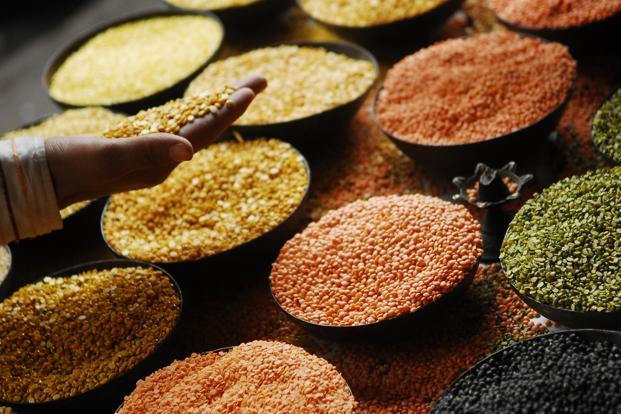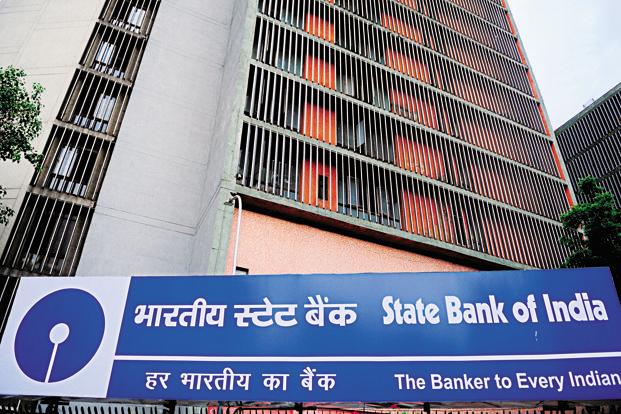The impact of a depreciating local currency is evident on India’s wholesale price inflation that rose to 5.79% in July, the fastest pace in five months. The two contributing factors to the rise in inflation are higher food prices and costlier imports.
When the currency depreciates, corporations need to pay more for imports. Once they pass on the cost to consumers, inflation rises. This is what happened in July. From now on, a depreciating rupee will continue to put pressure on inflation and make it difficult for India’s central bank to ease its monetary policy.
The rupee, Asia’s worst performing currency, has lost more than 10% since January. Its loss since May—when US Federal Reserve chairman Ben Bernanke first hinted that monetary easing would end someday, resulting in a flight of capital from global markets—has been greater, close to 13%.
With both the Reserve Bank of India (RBI) and government failing to stem the fall of the currency through a series of monetary and fiscal measures, it is fairly certain that the rupee will depreciate further and the pressure on inflation will continue. The rupee was trading at 61.53 a dollar at 4.45pm. The currency hit its lifetime low of 61.81 on 6 August.
The so-called core inflation, or the non-food, non-oil manufacturing inflation, too, rose to 2.35% against an easing of 2.02% in June. Both are higher than what most analysts had estimated.
With retail inflation continuing to be high (9.64% in July), RBI will have little room to ease its monetary policy. Till recently, analysts were saying inflation would continue to drop in September and after that the trend would reverse as the low base effect would come into play.
A depreciating rupee has changed all calculations. It seems that both wholesale and core inflation from now on will inch up and, with retail inflation continues to be high, no one would envy governor-elect Raghuram Rajan’s job on Mint Road.



